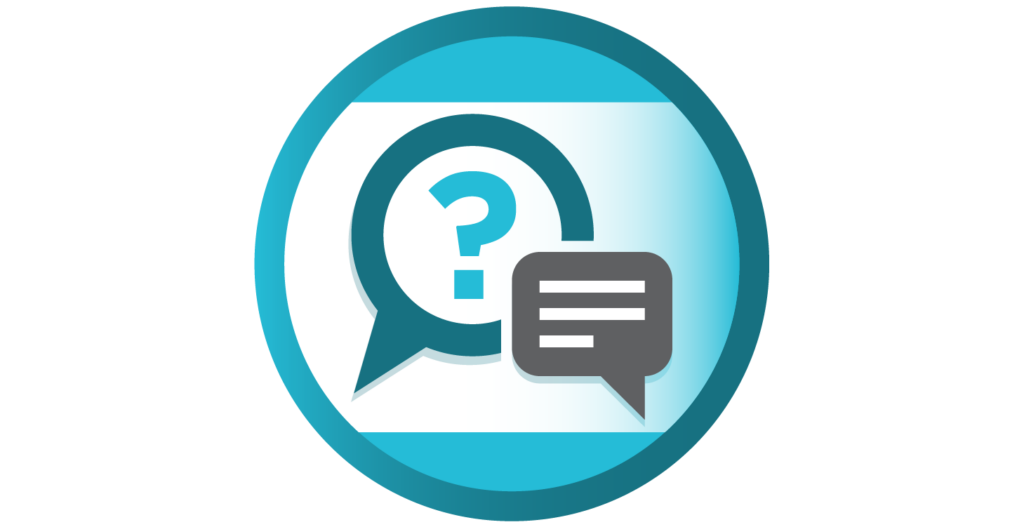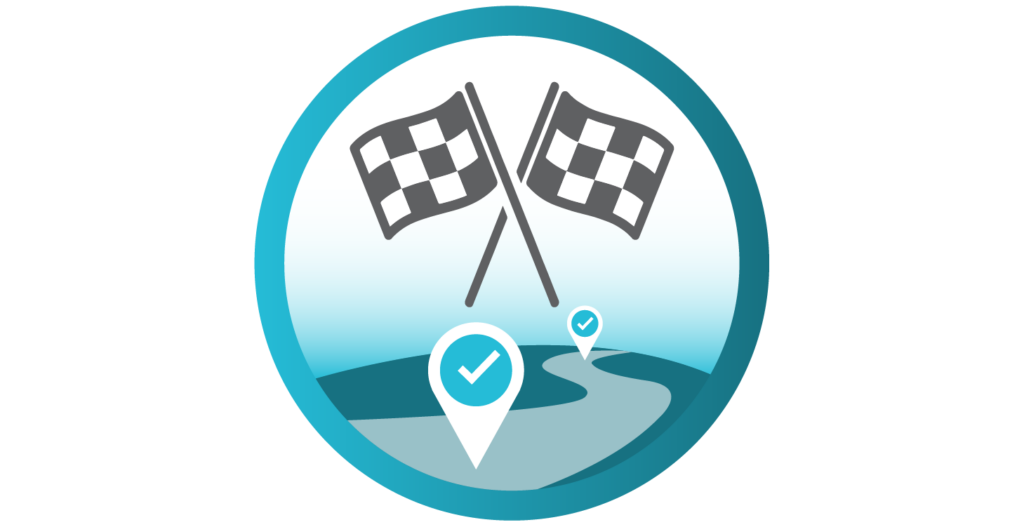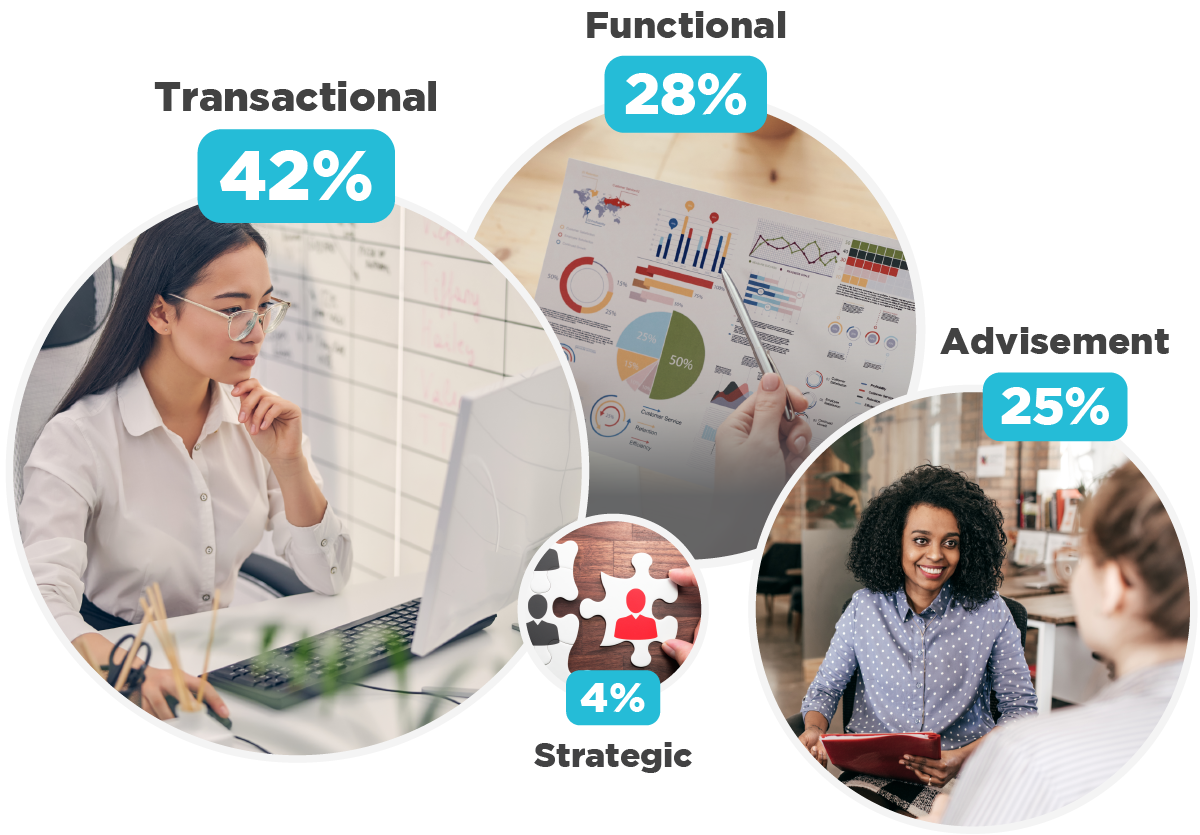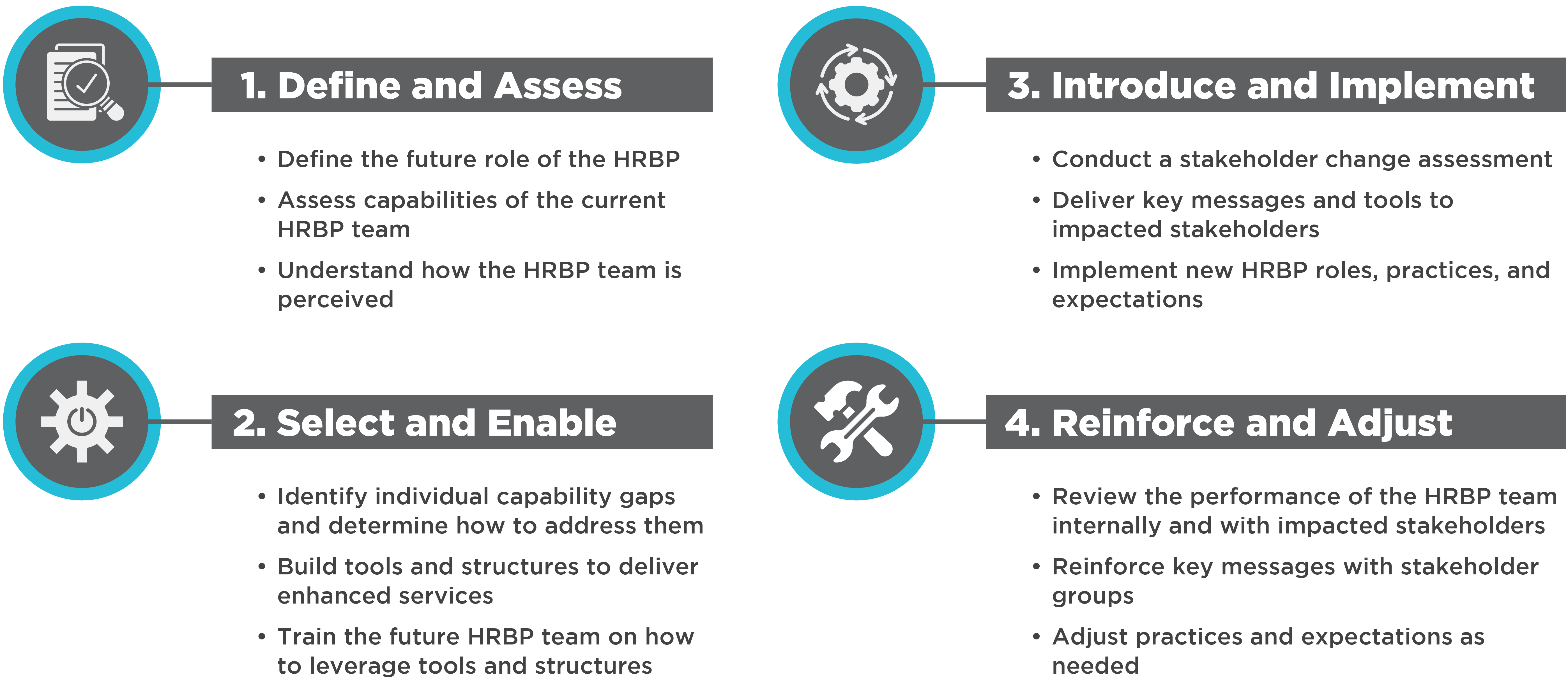Introduction
At their core, HR Business Partners (HRBPs) are people-oriented—they thrive at building personal relationships and helping to resolve urgent needs.
Unfortunately, these competencies are a double-edged sword for many HRBPs. Their strengths have led them to serve as firefighters rather than strategic thinkers and consultative partners. This puts the traditional role of the HRBP at odds with what business leaders now expect HR to deliver.
In short, the skills that made HRBPs successful in the past are not what will make them successful in the future. Now is the time for HR leaders to reimagine the role of the HRBP.
How Most HRBPs Spend Their Time Today

HRBP Evolution
Today’s HRBPs needs to think through and facilitate challenging topics, such as building leadership capabilities, aligning talent needs with business goals, addressing return-to-work plans, preparing for future black swan events, and more. Since the role’s inception more than 30 years ago, here is how it has evolved:

HRBP Model 1.0
Activities
- Answering basic HR questions
- Facilitating HR processes and transactions
- Interpreting policies
Key Competencies*
- Ethical practice
- HR Knowledge
*Note: Competencies are from the SHRM HR Competency Model

HRBP 2.0
Activities
- Advising first-line managers on people-related business decisions
- Triaging ad hoc HR issues based on experience and “gut feel”
- Coordinating HR activities to deliver a cohesive CX
- Keeping a finger on the pulse of the organization
Key Competencies
- Ethical practice
- HR Knowledge
- Relationship management
- Cultural effectiveness

HRBP 3.0
Activities
- Advising and influencing senior leaders
- Using data and analytics to proactively identify and solve people-related business challenges
- Providing change expertise and serving as an enabler for key organizational initiatives
Key Competencies
- Business acumen
- Critical evaluation
- Leadership and navigation
- Communication
- Consultation

Most HR business partner models are stuck in 2.0!
HRBPs spend nearly half of their time on transactional activities and less than 5% of their time working with leaders on people-related strategies. Given the talent challenges in today’s marketplace, many leaders now expect the inverse of their HRBPs.

As a result of often supplementing the work of the other HR teams (e.g., transactions, functional work), HRBPs often find themselves lacking in the areas in which they are now expected to excel – cultural effectiveness, business acumen, and critical evaluation.
To illustrate these common competency gaps, ScottMadden compiled cross-industry data from its HR Competency Builder which assesses skills and competencies across HR teams. Four key themes emerged when comparing HRBP competencies to those of their counterparts in other HR teams.
Benefits and Actions
Benefits of Moving to the HRBP 3.0 Model
Steps to Get to the HRBP 3.0 Model

How ScottMadden Can Help
ScottMadden has an arsenal of tools and services to help you align with business strategy and to drive organizational success. Click on the links below for more information on our products and services.















